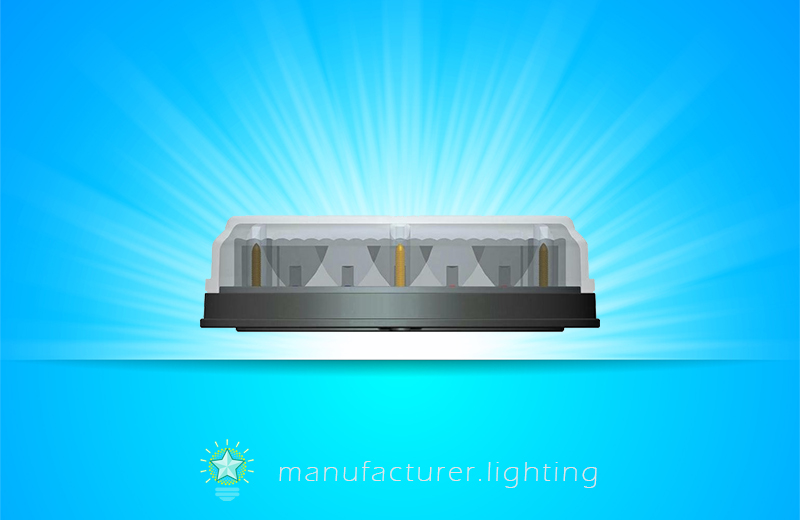
Warning lights provide visible light signals on law enforcement vehicles, emergency vehicles, engineering trucks or the like for improving the visibility of these vehicles to motorists and pedestrians in emergency and traffic control situations. Warning light signals can be used, for example, to clear the right of way and also to warn oncoming motorists of potential moving or stationary hazards, for instance a vehicle that is stopped or a vehicle moving slower or faster than the rate of traffic. These light signals may include various colors and/or illumination patterns. The variety of light signals, colors and patterns are effective in generating different visual displays according to the particular traffic control or emergency situation. In general, the colors of the LEDs may be red, blue, amber, or white/clear. Thus, drivers or pedestrians approaching these vehicles may instantly notice the light display and understand the particular situation with the signal, color or pattern being displayed. A well-known type of emergency warning light for a vehicle is often times called a light bar. Typically light bars are installed to roofs of vehicles and wired to power sources located in the engine compartments and furthermore controlled from control heads mounted in the passenger compartments. Warning light bars typically consist of an elongated base, a plurality of electronic components, together with at least one lens portion. In recent years, however, warning lights have been designed in different structures and with different features, such as the strobe-shaped warning lights.
